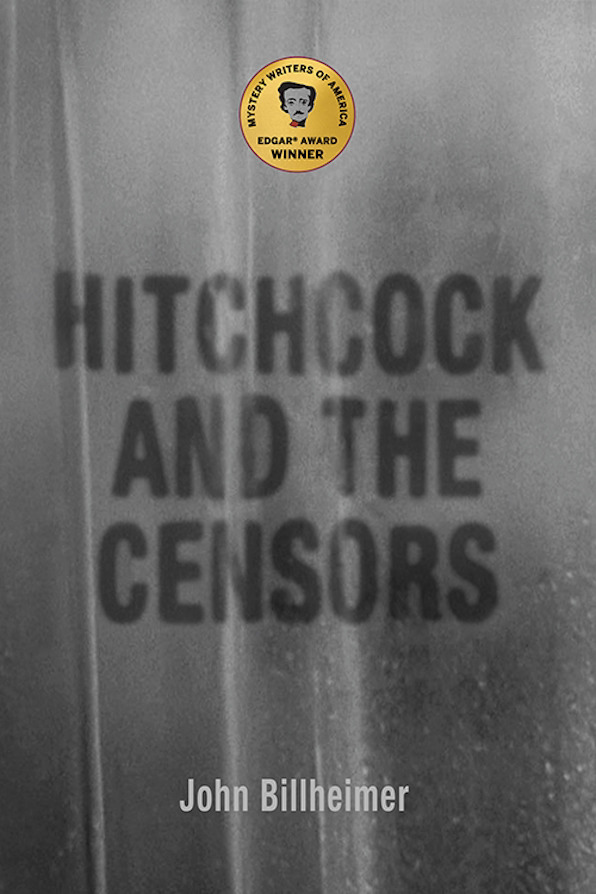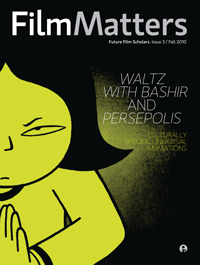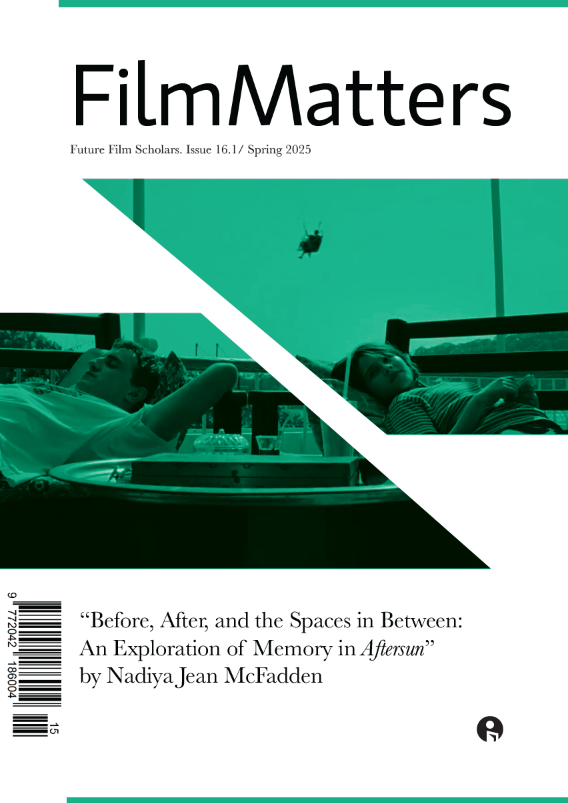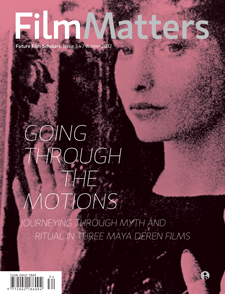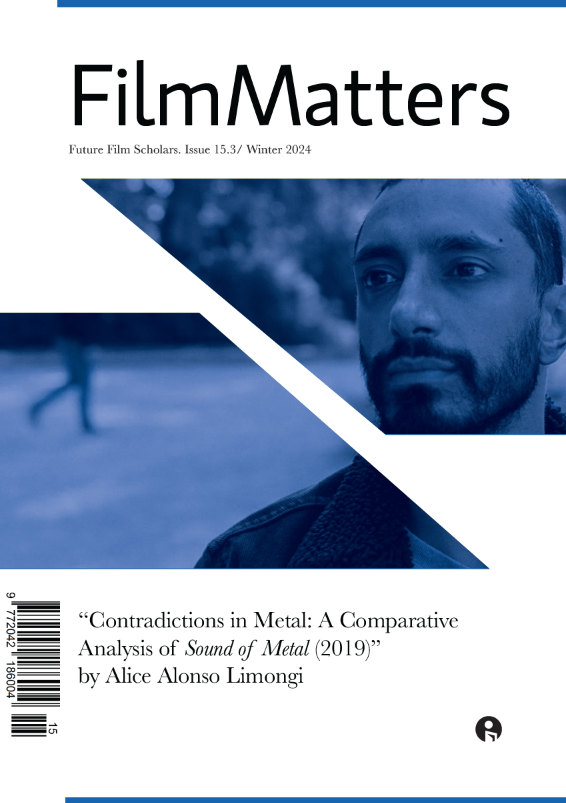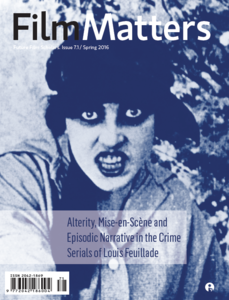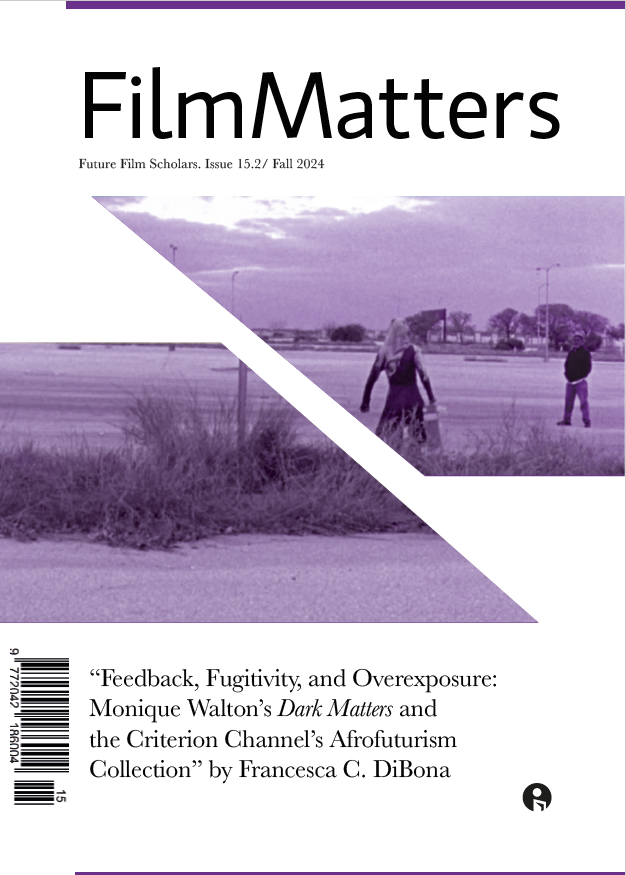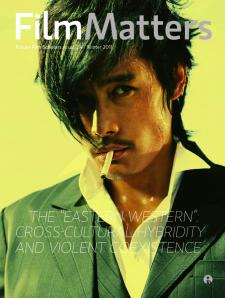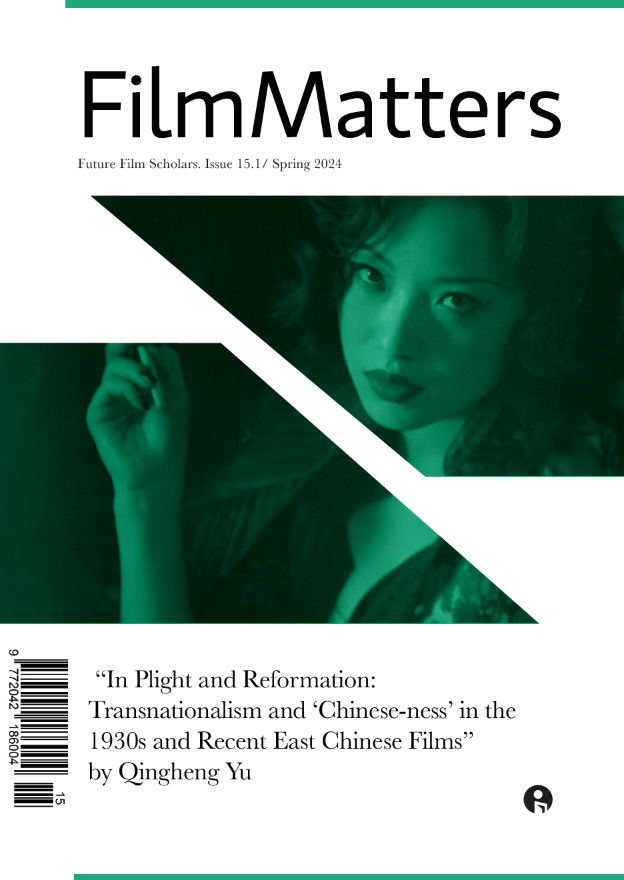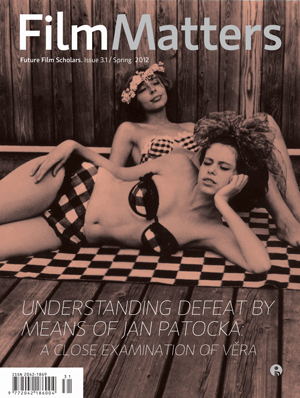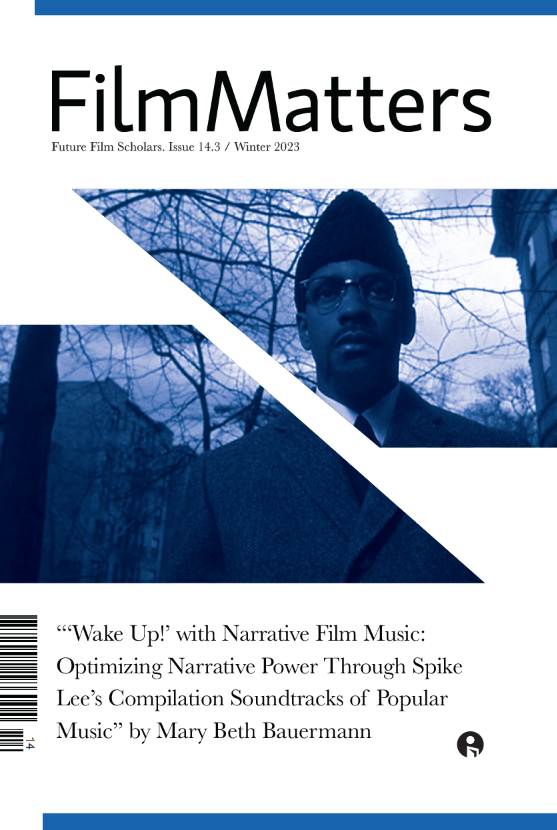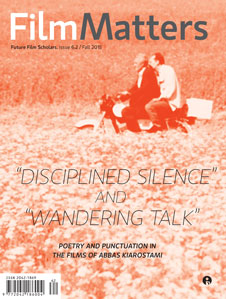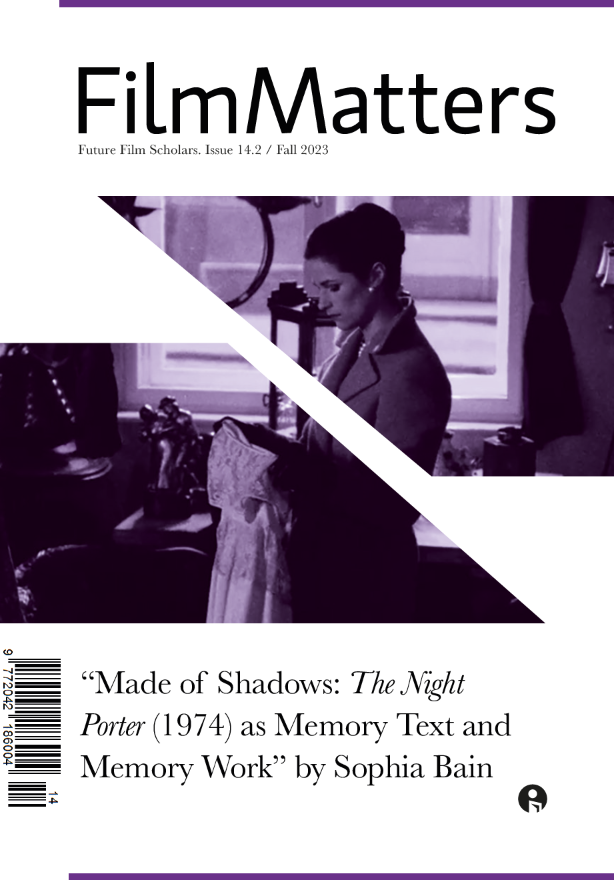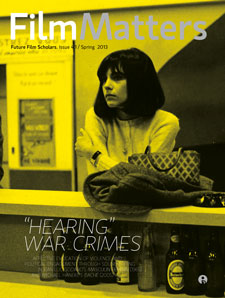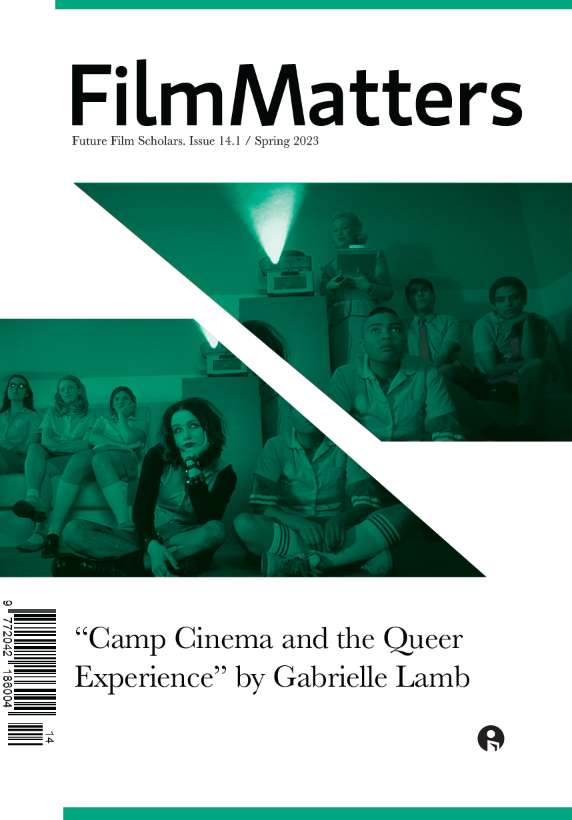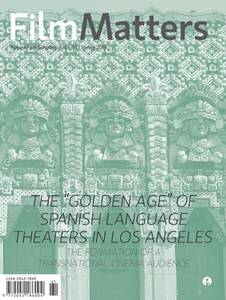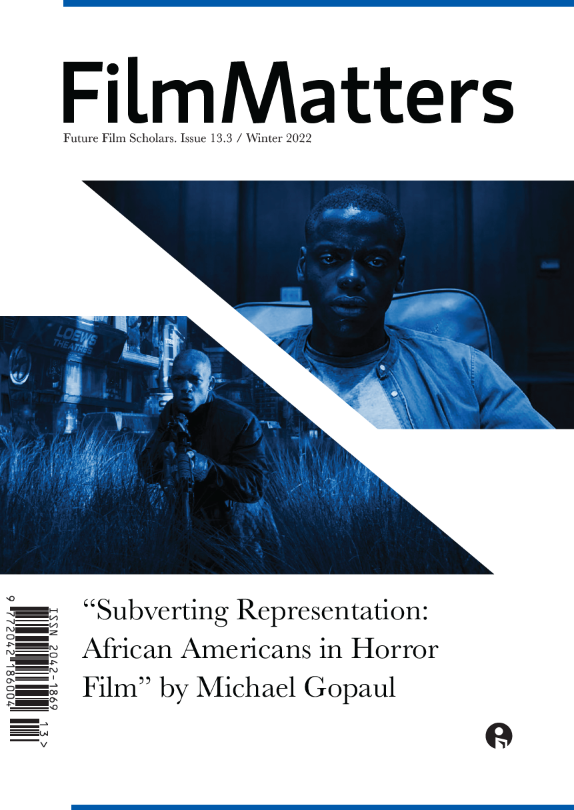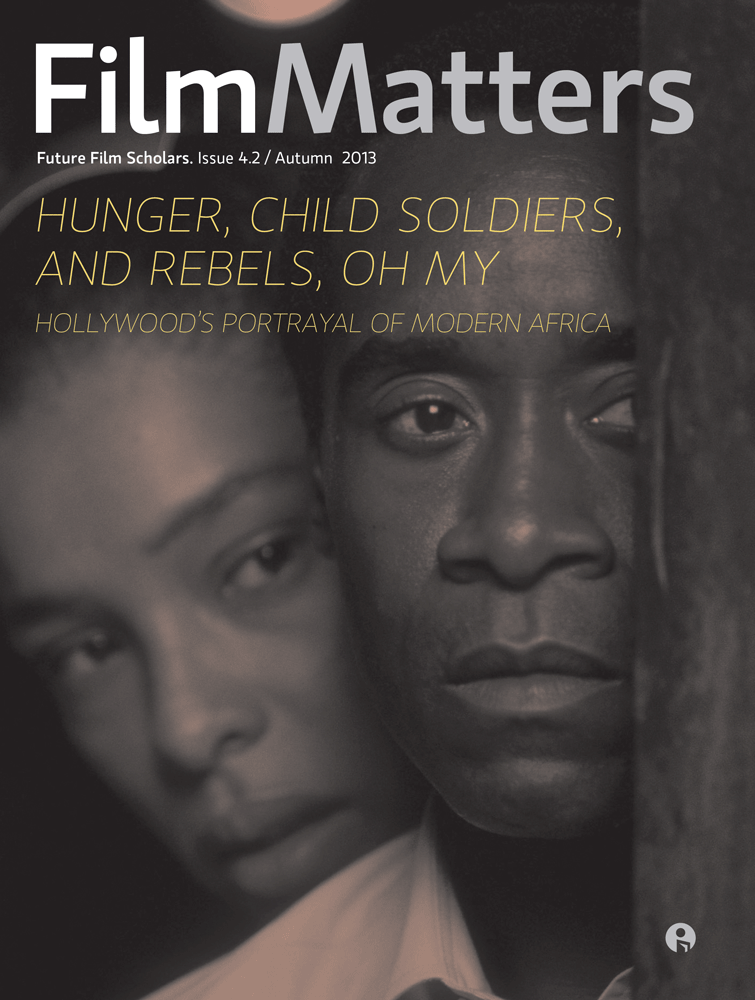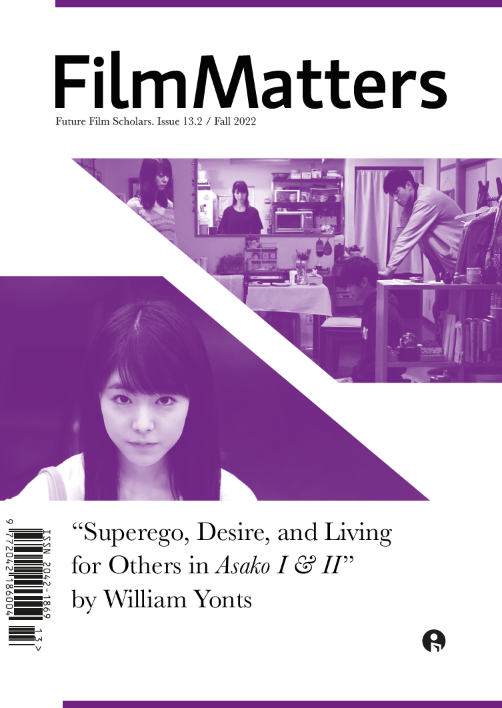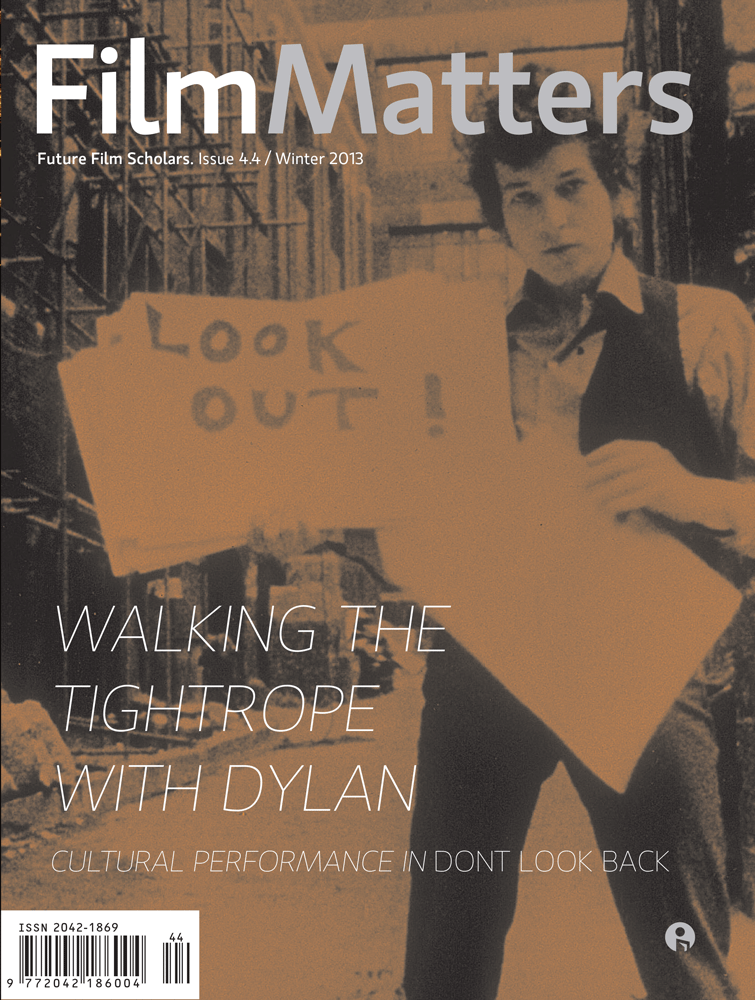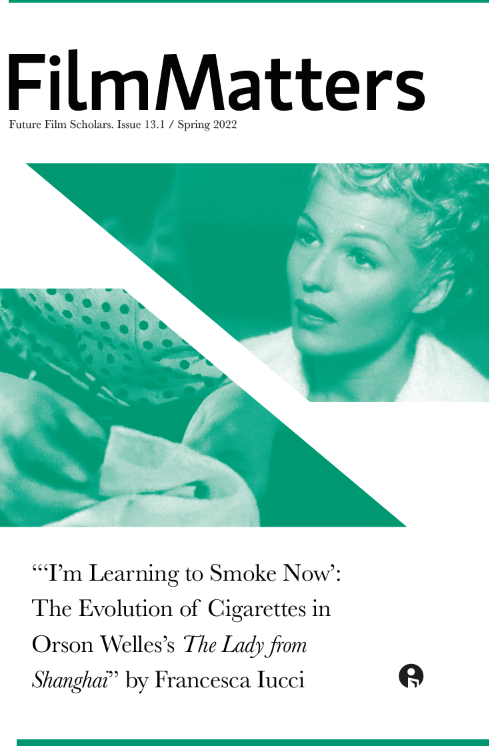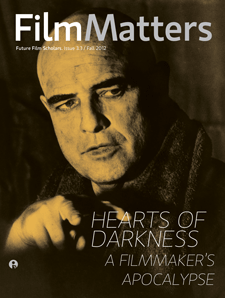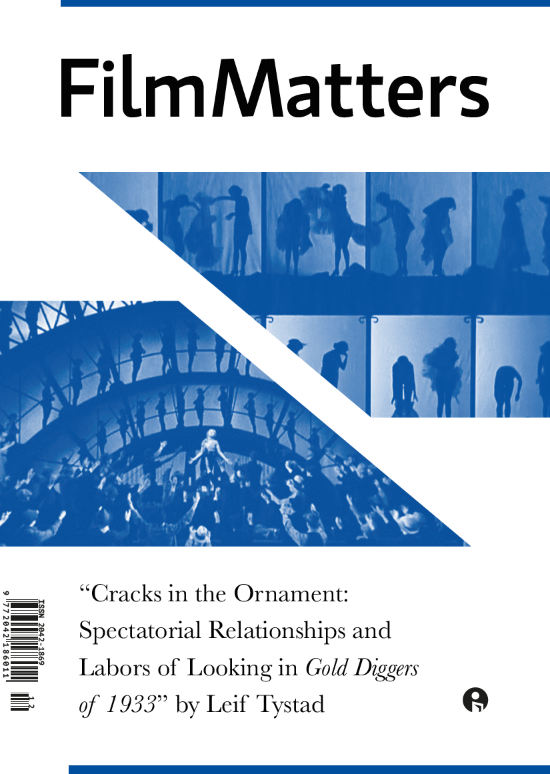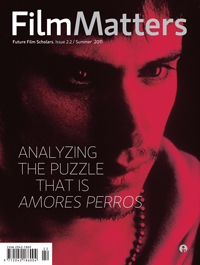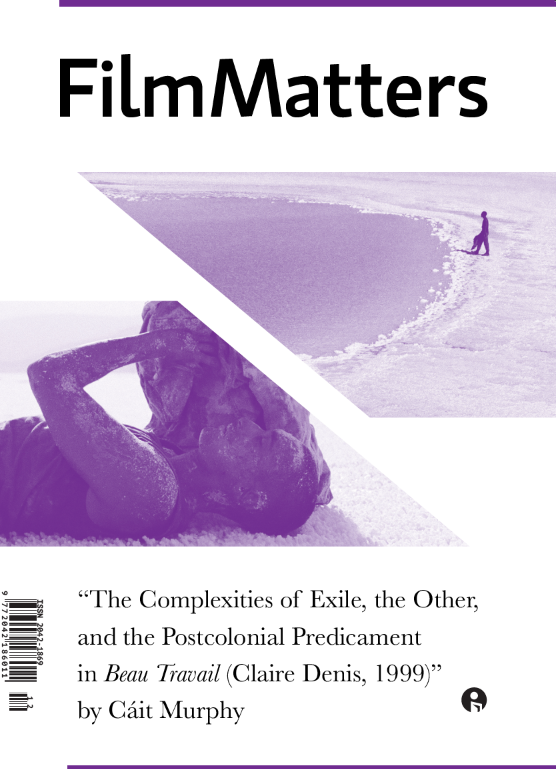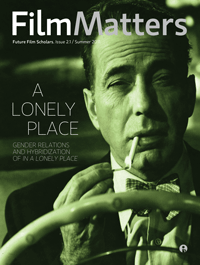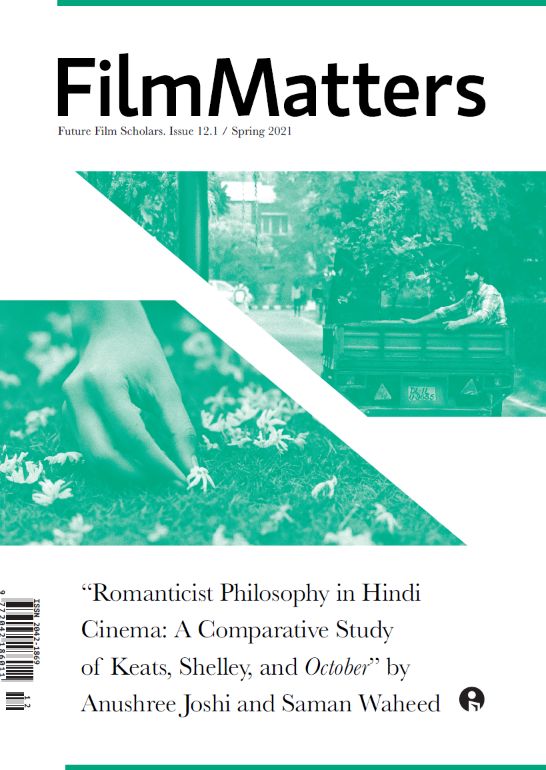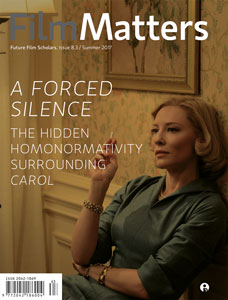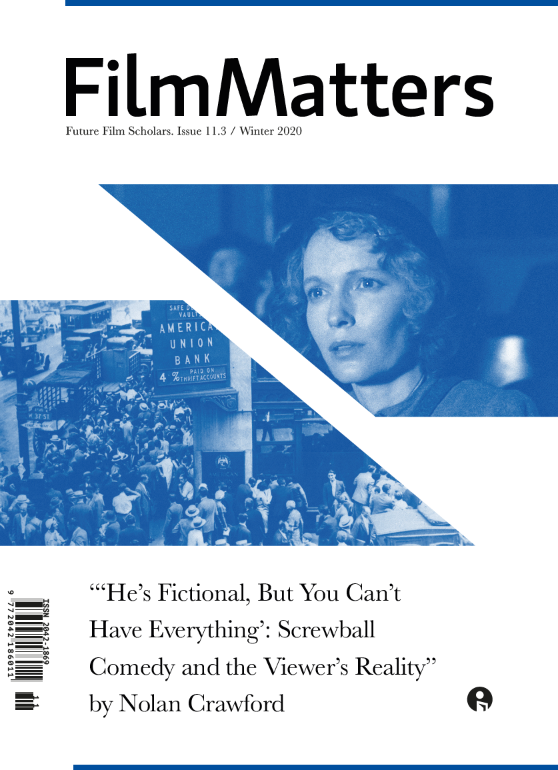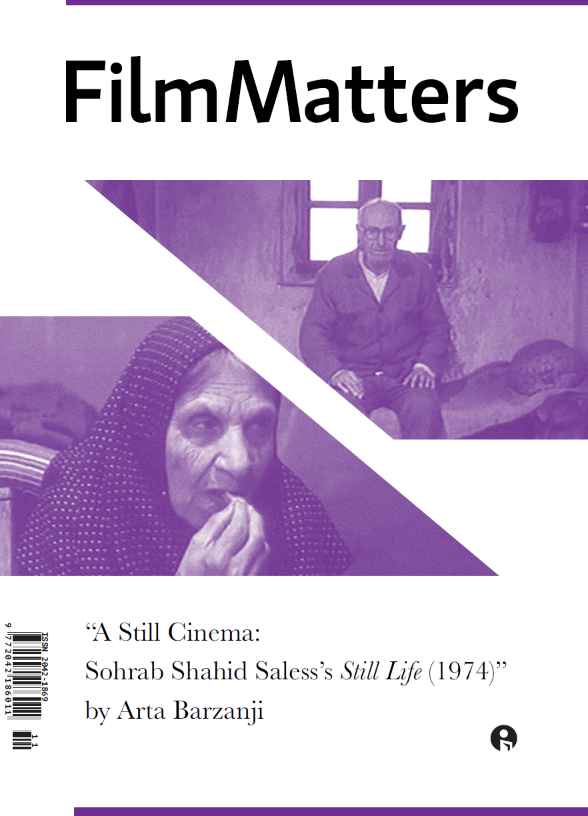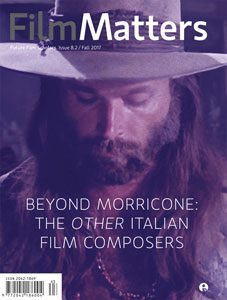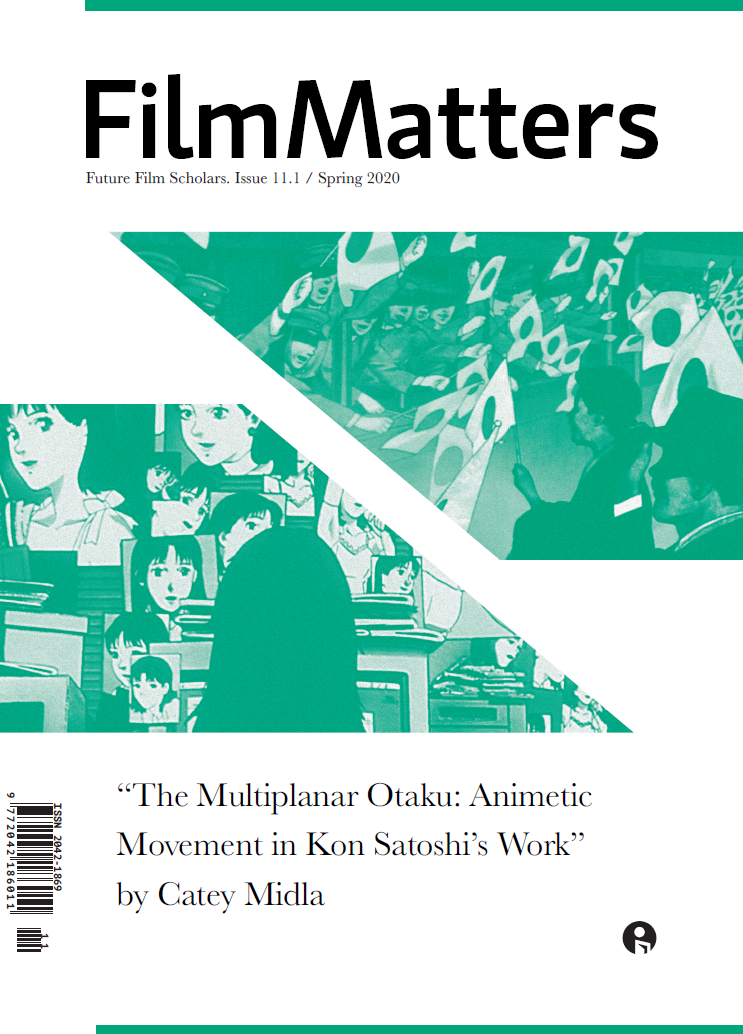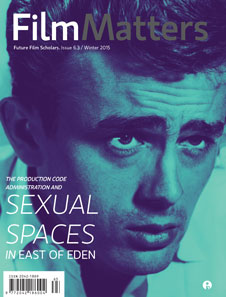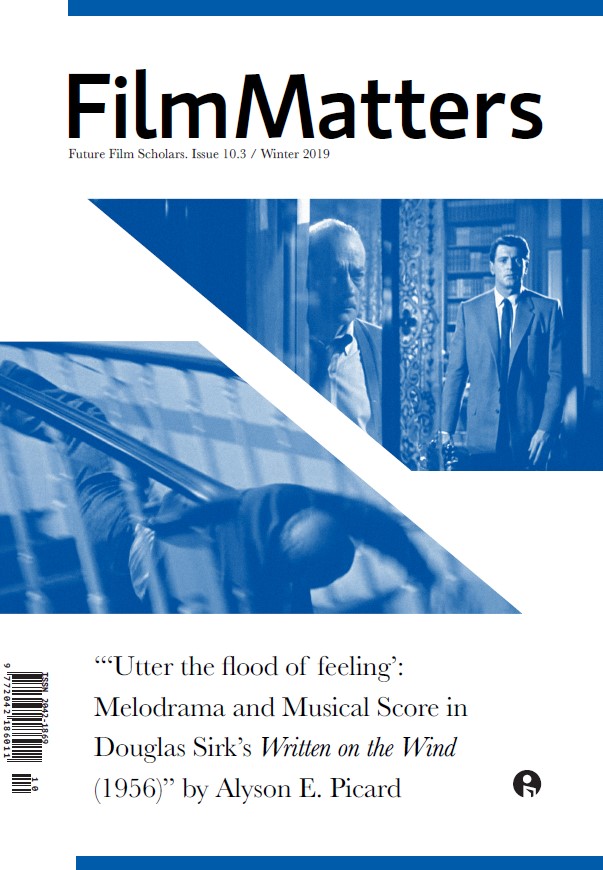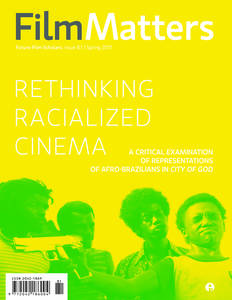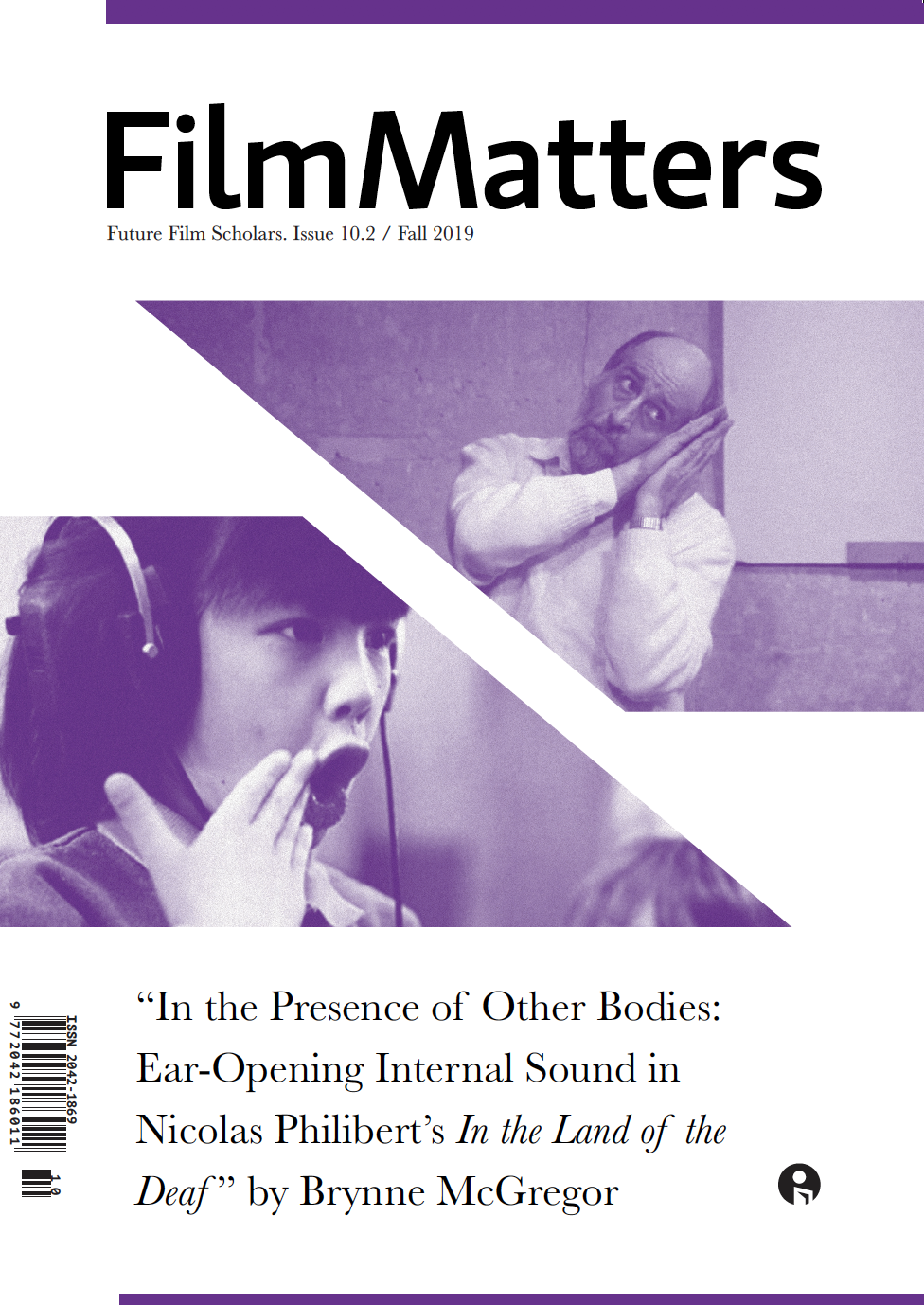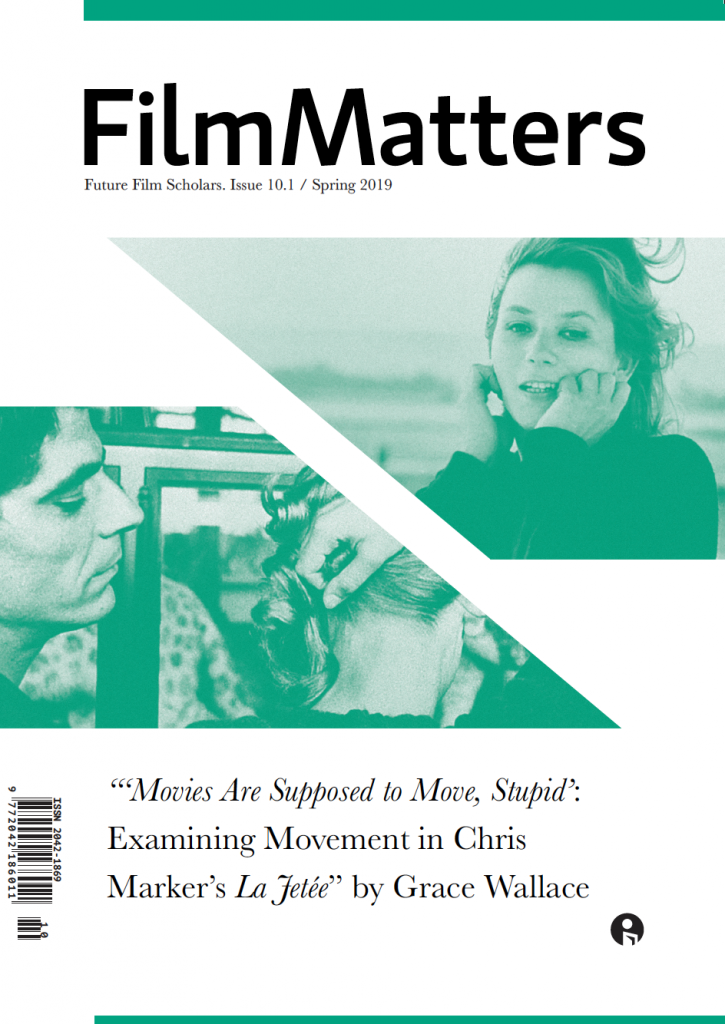John Billheimer explores the genius of auteur Alfred Hitchcock’s filmography in a world of censorship where others were repeatedly hindered by the stringent nature of morality or offense. Starting with the British Board of Film Censors in his early days, Hitchcock found himself constantly surveilled by the offices of William Hays, Joseph Breen, and countless other governmental institutions. While he is known as a rebellious artist, his work as a negotiator to the point of irritation (but primarily others’ chagrin) cannot be ignored as a model of creative mastery. Hitchcock’s ingenuity led him to create countless thrillers, dramas, and legendary suspense while dancing around the societal and moral policing of the times. Billheimer’s academic yet engaging exploration of Hitchcock’s timeless genius and enduring legacy is a remarkable work for film scholars, enthusiasts, and students alike.
Billheimer chronologically explores Hitchcock’s filmography, battle by battle, from his time in the United Kingdom to his first American ventures under Selznick, to the Warner brothers, to his “Glory Days,” and finally to his brief post-Code years. Countless times throughout this book, I found myself setting it down to see where I could watch Hitchcock’s films, itching to see every one of his masterpieces. Billheimer gives each film a comprehensive summary as well as a thorough tale of Hitchcock’s creative experience. Once I reached Notorious (1946), which was still early on in his career, I couldn’t help but give in and watch one of Hitchcock’s mysteries that still seduces us today. Billheimer’s film-by-film analysis, while slightly repetitive at times, shows a most comprehensive picture of the creation of Hitchcock’s complete oeuvre. As his expertise of the system grew, censorship standards changed, as did the political atmosphere in which Hitchcock was working. Pre- and during World War II, Hitchcock had a whole new barrier of censors emerging from the interference of the Office of War Information with the Hollywood system. With films like Foreign Correspondent (1940) and Saboteur (1942), political neutrality was a point of contention between Hollywood, European filmmakers, and the American government – just more hoops for the filmmaker to try and jump through or sidestep.
Regardless of the cultural climate, Hitchcock always found ways to insert provocative content to the delight of his viewers – and the exasperation of Joseph Breen. In his early meddling days, a perfect preparation for the formidable Breen, Hitchcock had to contend with the British Board of Film Censors, namely its head Joseph Brooke Wilkinson, who was known for his failing eyesight – a paradoxical match made in heaven for a young Hitchcock. When inviting Wilkinson in to view the first cuts of his projects, Hitchcock savvily chimed in, “Mr. Wilksinson,” thus engaging Wilkinson’s attention in comment or conversation every time there was an unseemly shot he didn’t want to part with. While Hitchcock would prepare concessions to sacrifice for his ultimate visions, his artistry was still wrought through the more subtle, the more interesting, the more scandalous that survived the Production Code cuts, pushing the boundaries, film by film. Sometimes, his films would suffer for his creative vision, as dialogue and plot were the first to go in Hitchcock’s eyes, proclaiming, “Don’t be dull. I’m not interested in logic. I’m interested in effect” (74).
Circumventing the infamous Hays Code and Joseph Breen’s Production Code office from as early as his time over the pond, Hitchcock had considerable experience with censorship, which led to his ultimate success in his “prime” years, with classics like Rear Window (1954), Vertigo (1958), North by Northwest (1959), Psycho (1960), and The Birds (1963). His grasp on the psyche in his suspense thrillers has permeated the world of cinema forever. Hitchcock’s narratives, full of adulterous relationships, murderous intent, and deceit, reached a new level of inventiveness due to the restrictive climate in which they were produced. His work continued to push the envelope in the sociopolitical world, which had such hard stances against his favorite topics. Hitchcock’s ingenuity and talent were the keys to sneaking the deliciously sinful elements into every film that garnered worldwide attention and praise. Billheimer methodically explores the constant interplay between Hitchcock’s artistic vision and the regulatory constraints he faced throughout his career. His meticulous research on Hitchcock is a testament to his expertise in mystery fiction, in film and print. While I appreciated the level of detail he poured into each film, as well as each era of Hitchcock’s oeuvre, what will stick with me the most is the quippy anecdotes about the British auteur we know and love for his scandalous mysteries. After being told to make an average of twenty-two changes per feature film, it is proof of his patience (and cheek) that – when asked about the proper moral punishment for a character in an interview, “Would it be necessary to kill him?” – he quickly replied, “You mean Breen? I don’t think so.”
Author Biography
Hannah Marsh is a senior at Georgia Tech majoring in Literature, Media, and Communications with a concentration in Media and Design. She hopes to pursue a graduate degree in film studies and aims to work in film criticism and publication, blending analysis with compelling visual storytelling.
Book Details
Hitchcock and the Censors, John Billheimer (2019)
Lexington: University Press of Kentucky, 384pp., ISBN: 9780813180540 (pbk), $27.95; ISBN: 9780813177427 (hbk), $50.00

